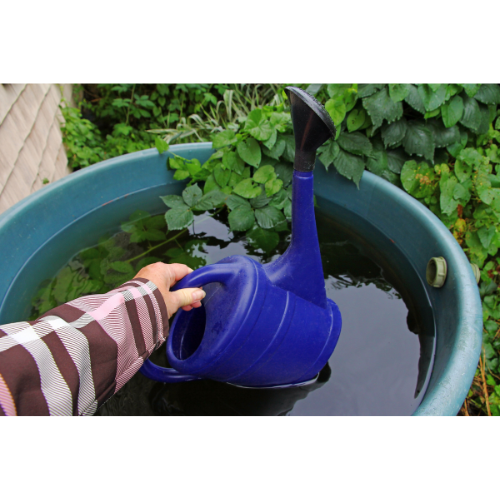There are many good reasons you should be collecting rainwater. With only a little bit of effort, it can be a simple and sustainable way to conserve water. In addition you could also reduce your water bill. Here are just a few reasons why you should consider collecting rainwater:
Rainwater is natural and pure
When it rains, the water is naturally filtered as it passes through the air and the ground. This means that it is generally free of the chemicals and impurities that can be found in tap water.
Rainwater is good for your plants
Plants thrive on rainwater, as it is naturally balanced. The rainwater also contains nutrients that are washed out of the air and soil. Using rainwater can help your plants grow healthier and more vigorously.
Rainwater can save you money
Depending on where you live, water can be a significant portion of your monthly expenses. By collecting rainwater, you can reduce your reliance on tap water and lower your water bill.
Rainwater harvesting can reduce water pollution
When it rains, stormwater can wash pollutants such as oil, fertilizers, and other chemicals into lakes, streams, and other bodies of water. By collecting rainwater, you can help reduce this type of water pollution.
Rainwater harvesting can help during times of drought
In areas where droughts are common, collecting rainwater can be a great way to ensure that you have a reliable source of water for your garden and other needs.
Now that you know why collecting rainwater is a good idea, here are the steps for doing it:

Choose a location
The first step in collecting rainwater is to decide where you want to collect it. A good location will be close to where you will be using the water. Such a place would be a garden or flower bed. That locations should also be positioned in a way that allows the water to drain away from your house.
Set up a container
There are many different types of containers that you can use to collect rainwater. Some options include rain barrels, buckets, and large trash cans. Just make sure that the container is clean and has a lid to keep out debris and pests.
Install a downspout diverter
A downspout diverter is a device that attaches to your gutter system and collects rainwater. It also directs the flow of rainwater into your container. There are many different types of downspout diverters available, ranging from simple DIY options to more advanced systems.
Set up a filtration system
You should set up a filtration system to remove any debris or contaminants. This can be as simple as a mesh screen to keep out large particles or as complex as a multi-stage filtration system.
Store the rainwater
Once you have collected the rainwater, it is important to store it properly. If you are using a container with a lid, make sure to keep the lid on. This helps to keep out debris and pests. If you are using a container that is open to the air, consider adding a small amount of liquid chlorine bleach. Bleach or other disinfectants help prevent the growth of bacteria and algae.
By following these steps, you can set up an effective system for collecting and storing rainwater. Rainwater that can be used in your garden and other household needs. With a little bit of effort, you can conserve water, save money, and help the environment all at the same time.
If you enjoyed the article, please check out our other articles and consider subscribing – > Blog and visit the Shop.